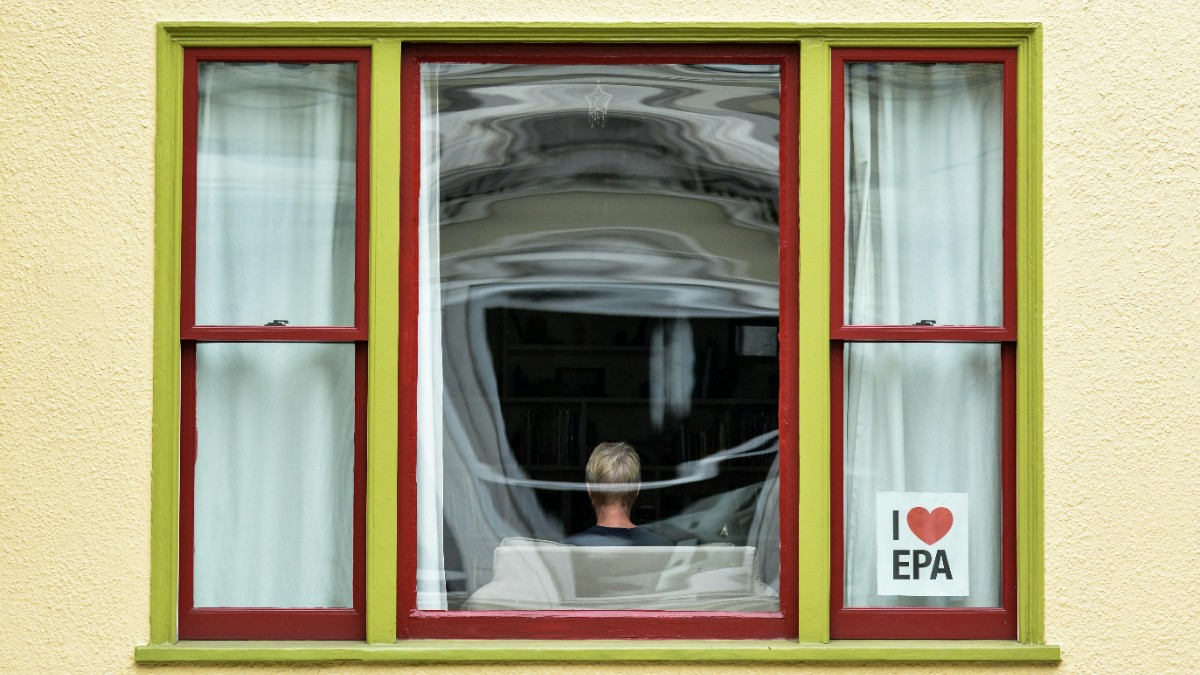At a news conference in Chicago on October 8, 2024, President Joe Biden announced the federal government plans to promulgate a new rule requiring most of the nation’s lead pipes to be replaced within the next ten years. The effort, led by the Environmental Protection Agency, would eliminate one of the prime causes of lead contamination in drinking water, linked to severe health risks, notably for children and pregnant women. The decision comes a decade after the Flint, Michigan, water crisis brought widespread attention to the dangers of lead in drinking water.
Reach of the rule
The EPA estimates there are close to nine million homes and businesses, in total, around the country still connected to lead pipes. The pipes pose serious health risks: exposure to lead impairs children’s development, causes kidney problems, and has other long-term health effects. The new rule slaps the toughest limits on lead in drinking water since federal standards were created and requires that water utilities identify and replace the pipes within ten years.
To help make it happen, the Biden administration has committed $26 billion from the Bipartisan Infrastructure Law, adding up to $15 billion that has been appropriated so far to pay for lead pipe replacements. Funding is important because municipalities face an inability to finance upgrades of water infrastructure.
Who will pay for replacement?
But the bigger question is who, finally, will pay for these replacements, especially those on private properties, as the federal government has pledged serious funding to help with the replacement of lead pipes. The new regulation does not require utilities to cover the costs of replacing lead service lines running onto private property or inside homes. This exemption begs the question of how homeowners will handle the costs.
- Utilities and customers: A large portion of the replacement costs for public lead pipes would be borne by the water utilities, and thus their customers. Utilities might pass some of those costs on through increased rates or fees for water, which would affect households at varied income levels.
- Households would have to incur considerable expenses to replace lead pipes in their own premises. This could pose undue economic burdens on many families and is thus very bleak for low-income communities already suffering most from lead contamination.
Disparities in lead exposure
Environmental advocates have long worried that exempting private property could widen existing disparities. Communities of color and low-income neighborhoods have long shouldered a disproportionate portion of the country’s environmental hazards, from lead exposure to bad air quality. Studies show that these populations are more likely to live in older infrastructure areas with higher concentrations of lead pipes.
Erik Olson, of the Natural Resources Defense Council, noted that this policy was a step in the right direction, but risks being another rule that leaves behind those who’ve struggled for far too long with health fates being determined by zip code. He called out the dire need for more assistance to low-income homeowners who had no resources or means to help replace lead pipes on their properties.
Health benefits of lead pipe replacement
EPA projects that this rule will have huge public health benefits, including protection of almost 900,000 infants from the risks of low birth weight because of partial lead service line replacement in drinking water systems and prevention of approximately up to 1,500 premature deaths from heart diseases every year. Improvements in this direction emphasize how lead contamination is one of the key priority areas in the field of public health.
Read more: When does early voting begin in Nebraska? Dates, deadlines and until when you can vote in US Elections 2024
Read more: Where to find sandbags throughout Central Florida? Here are the sandbagging locations to prepare for the impacts of Hurricane Milton
